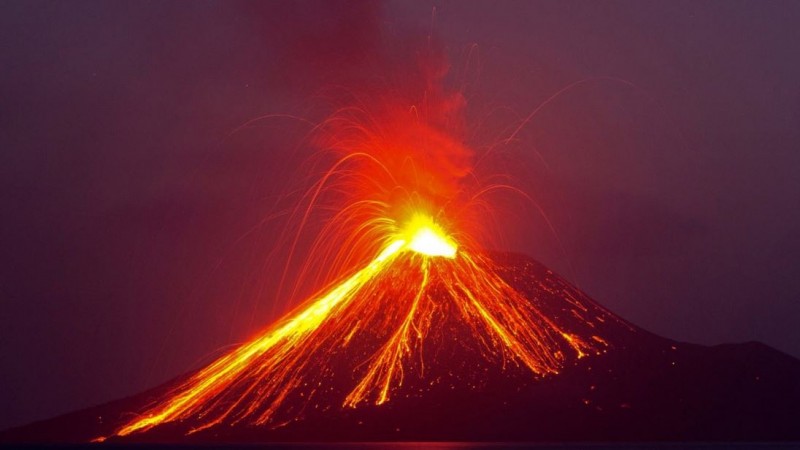
Introduction
The Krakatoa eruption of 1883 is one of the most infamous volcanic events in history. This cataclysmic event took place in the Sunda Strait, between the islands of Java and Sumatra in present-day Indonesia. The eruption of Krakatoa not only unleashed unimaginable destruction and loss of life but also had far-reaching consequences that impacted the global climate. In this article, we will delve into the details of this volcanic eruption, exploring its causes, the devastating aftermath, and the lasting effects it had on the world.
Krakatoa: A Volcanic History
To understand the significance of the 1883 eruption, it's essential to grasp the history of Krakatoa as a volcanic entity. Krakatoa is a volcanic island located in Indonesia's Sunda Strait, known for its volatile volcanic activity throughout history. The island is part of the Pacific Ring of Fire, a region prone to intense seismic and volcanic activity.
Unleashing Nature's Fury: The Eruption of 1883
On August 26, 1883, Krakatoa unleashed an unprecedented eruption that sent shockwaves across the region. It began with a series of smaller explosions, followed by a colossal eruption that produced immense ash clouds, pyroclastic flows, and tsunamis. The volcanic explosion was so powerful that it generated shockwaves that reverberated around the globe.
The Loudest Sound Ever Recorded
The sound produced by the Krakatoa eruption is considered one of the loudest in human history. The explosive force of the eruption resulted in a sound wave that traveled around the Earth multiple times. Reports from thousands of miles away documented the ear-splitting noise, which was even heard as far as Perth, Australia, and the island of Rodrigues in the Indian Ocean.
Devastation and Loss of Life
The eruption of Krakatoa caused widespread devastation and loss of life in the surrounding areas. Tsunamis generated by the eruption reached heights of up to 130 feet, sweeping away entire villages and causing massive casualties. The final death toll is estimated to be at least 36,000, making it one of the deadliest volcanic eruptions in recorded history.
The Impact on Climate
The Krakatoa eruption had a profound impact on the global climate. The immense amount of ash and volcanic gases injected into the atmosphere caused a significant cooling effect. The particles reflected sunlight back into space, resulting in a drop in global temperatures for several years following the eruption. This phenomenon is known as volcanic winter.
Global Aftermath: Tsunamis and Ash Fallout
In addition to the immediate devastation caused by the eruption, Krakatoa's aftermath continued to wreak havoc. The tsunamis triggered by the eruption propagated across the Indian Ocean, reaching distant coastlines and causing additional destruction. The ash fallout from the eruption also had severe consequences, affecting air quality, agriculture, and daily life in many regions.
Scientific Observations and Studies
The Krakatoa eruption of 1883 presented scientists with a unique opportunity to study the effects of a major volcanic event. Researchers flocked to the region to document and analyze the volcanic processes, the resulting geological changes, and the broader implications for climate and atmospheric conditions. The findings from these studies significantly advanced our understanding of volcanoes and their global impact.
Krakatoa Today: A Reborn Volcano
Krakatoa remains an active volcano today, albeit with a different configuration. The eruption of 1883 obliterated most of the island, leaving behind a caldera known as the Krakatoa Caldera. Over the years, volcanic activity has gradually rebuilt the island, resulting in the emergence of new volcanic cones within the caldera. The area is now a popular tourist destination, attracting visitors who are intrigued by its volatile past.
Conclusion
The Krakatoa eruption of 1883 stands as a stark reminder of the immense power of nature. Its catastrophic consequences continue to fascinate and teach us valuable lessons about the Earth's geological processes. The eruption's far-reaching impacts on the climate and the devastation it caused serve as a testament to the interconnectedness of our planet's delicate systems.
The Glass Armonica: Unveiling the Enchanting Sounds of Glass Music
Rupee Charges Ahead: Indian Currency Surges 6 Ps USDollar, Reflecting Investor Confidence
23 Airports Set for Major Upgrades to Boost Traffic and Elevate Travel Experience